The Dark Eye
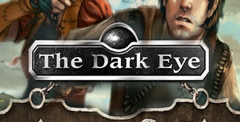
| a game by | Inscape |
| Platform: | PC |
| Editor Rating: | 7/10, based on 1 review |
| User Rating: | 9.5/10 - 4 votes |
| Rate this game: | |
| See also: | Horror Games, Quest Games |
Overview
When I was thirteen, I wasn't allowed to see any of the hip horror flicks: the Friday the 13th movies, the Nightmare on Elm Street films. But as I slogged through my reading list for my eighth grade English class, I found a writer -- a "classic" American author -- whose stories were easily as creepy as the celluloid gore I was missing out on.
Sure, Edgar Allan Poe's stories weren't as explicitly gross or bloody as the exploits of Jason or Freddy Krueger. But there was something more atmospheric, more psychologically disturbing about Poe's writing. The stories didn't need to be gross. But that's what was cool. The stories were downright macabre while still being classy -- and they made great book reports for my English class.
Inscape, wise to see the gaming potential in Poe's stories, has created The Dark Eye, a role-playing/adventure game for both Windows and Macintosh.
Story
As the game begins, you find yourself in a gothic mansion that's fallen into disrepair. The house is occupied by your brother Henry, your cousin Elise, and your Uncle Edwin. As you walk through the house, interacting with the characters of this "waking world" scenario, you discover that Henry has proposed marriage to Elise. Uncle Edwin vehemently opposes the relationship. As the characters reach crucial, emotional points in the plot, you apparently fade from consciousness and are immersed in a nightmare mode: you still walk through the house but the entire scene takes on a ghostly blue-colored pall (and you'll hear some very creepy whispering in the background). In this mode, you're allowed to touch objects that aren't normally accessible in the waking world. Interacting with these objects sends you into the nightmare worlds of Poe's stories.
Of Poe's many works, Inscape has chosen to make three into interactive scenarios: The Tell-Tale Heart, The Cask of Amontillado, and Berenice. One of the most interesting features is that you can play the scenarios from the point of view of both the murderer/tormentor as well as the victim. Even more cool is the "soul jump" -- you are able to jump, mid-game, into the point of view of another person in the scenario. One moment you're a murderer, the next moment, you're being murdered.
Inscape has also chosen several works for non-interactive scenarios: among them, The Masque of the Red Death and Annabel Lee. Instead of having an interactive game scenario, these scenarios are "performances" of the works. Each piece is read aloud by Willam S. Burroughs and each has a soundtrack and montage of artwork suitable to the atmosphere and tone.
Although the "performances" in these non-interactive scenarios are well-done, I found the interactive scenarios to be much more compelling. Even so, I encountered one major frustration: it was often difficult to get the scenarios started. It took me over an hour before I was able to find the item necessary to leave the waking world and to enter my first nightmare world. While in the nightmare worlds, things seemed to move slowly as well. In The Cask of Amontillado, as the character of Fortunato, I felt like I spent far too long wandering around the wine caverns. After playing the scenario several frustrating times, I began to wonder if there was a floorplan to the caverns or if Fortunato's meanderings were set on a timer: it seemed that the scenario required Fortunato to spend a set length of time in the cavern before finding the wine.
When I played the Berenice scenario from Egaeus' point of view, I had to give in and visit Inscape's Web site. The clue on the hints page was pretty arbitrary: it was a combination of actions that I never could have logically figured out. I would have had to stumble upon the sequence by chance.
Perhaps I don't give Inscape enough credit. Berenice is one of the Poe stories I haven't read. Perhaps the sequence of events is based on the plot details of the story. However, I doubt that the majority of gamers have read Berenice and they will probably experience a similar frustration level with the game. A few responsible gamers might scramble for their American Lit. anthologies to find a clue (which would be a very good thing), but most probably won't.
The non-interactive scenarios, while an interesting and risky idea, didn't hold up well in the overall view of the game. They made an impression on me simply because of my literary background. However, to other gamers, these scenarios will probably be a letdown. A caveat: The Masque of the Red Death is pretty long. It's a good story, but be prepared to grab a soda from the fridge and just listen. Also, William S. Burroughs (author of Naked Lunch) narrates the piece. While his voice is creepy (and is effective in small doses) after a few minutes, it begins to feel like sandpaper on the eardrums.
Interface/Controls
The controls in The Dark Eye were easy and intuitive. A hand functions as a cursor that you can move around the screen. When you're able to turn right, the hand points right; when you're able to move straight ahead, the hand points straight ahead; etc. When you encounter special objects ... well, I'll just say that Inscape did a great job of animating the hand.
One of the most interesting features of the game (and one of the most disappointing) was the "Phrenology Map." (Phrenology was the 19th century "science" of creating a psychological profile of a person by studying the shape of the head). As you work your way through the scenarios, icons appear within the map showing which scenarios you have visited. By using the phrenology map, you are able to jump from scenario to scenario. The only problem was this: you can only access new nightmare scenarios from inside the waking world, with Uncle Edwin and Henry and Elise. I usually played until I completed a nightmare, so I never really had reason to use the phrenology map to jump from scenario to scenario.
The Phrenolgy Map is a great and intriguing detail (and I love the look and design of the map). However, it was only used as a navigation interface -- an interface that I never really needed to use. I would have loved it if the theme of phrenology had somehow made its way into the plot of the waking world scenario. I feel that Inscape left out a great amount of potential creepiness by not making phrenology (and the Phrenology Map) a more integral part of the game.
Graphics and Sound
The graphics and sound in The Dark Eye are the definite highlights. You'll notice several different artistic styles -- there's no universal consistency in the artwork. However, the designers have striven to capture the atmosphere of Poe's works. The artists who have taken on the task of illustrating The Masque of the Red Death and Annabel Lee did an outstanding job. Doug Beswick (Aliens, The Addams Family) did an excellent job of helping to design the characters and sets of the interactive scenarios. Do not expect realistic animation here. The characters are stylized and do not look "real" at all -- in fact, they have an unreal "puppet" quality to them. (For me, this fed into a primal childhood fear of clowns and Punch and Judy shows, which made the game even more spooky.) The settings are sparse and gloomy. (I particularly like the "text" printed on the walls of Uncle Edwin's house.) And the animators/illustrators really have a good understanding of how to use light (or lack thereof) to affect game players. All of this heightens the surreal quality of the waking world scenario and it certainly adds to the horror of the interactive nightmare worlds, especially The Tell-Tale Heart.
Thomas Dolby and Headspace provided audio for The Dark Eye. Like any good soundtrack to a film, the music adds to the atmosphere and tension of the piece without calling attention to itself. All the sound and music was excellent and enhanced the already outstanding graphics to create a moody tone for the game.
Setup and Installation
One of the best setup features is The Dark Eye's dual-platform engine. Whether you own a Macintosh or a Windows machine, you buy a single CD that runs on both operating systems. I respect game companies that try to accommodate both Macintosh and Windows users (I use both operating systems myself), so I tested The Dark Eye on both platforms.
I ran The Dark Eye on two different Mac configurations: a Power Macintosh 6100/60 and a Performa 630CD (040 processor). With the Power Mac's faster processor and its 16 MB RAM, The Dark Eye ran extremely well: the game speed was good, the graphics were smooth and uninterrupted, and all of this without even disabling the system extensions.
On the Performa, with its 040 processor and bare minimum 8 MB RAM, I needed to disable all but the three extensions required to play the game: QuickTime, Sound Manager, and the CD ROM driver. If you don't disable the extensions, you're likely to experience some slow-down in game speed and (due to sound and speech extension glitches) you probably won't be able to hear much of the characters' speech during gameplay. Save the configuration in your Extensions Manager, and an 040 will probably play The Dark Eye as well the Power Macintosh.
I also tested The Dark Eye on a Compaq Prolinea 575 running Windows 95. The fast Pentium processor and 16 MB RAM handled the game as easily and as smoothly on the Windows platform as on the Mac. The setup documentation is straightforward and concise -- if you even need it: setup was easy and automated with the setup program automatically copying QuickTime into the Windows directory.
One difficulty that I did run into: at one point during the game, I wasn't able to enter Fortunato's mind in The Cask of Amontillado segment. The scenario's start-up music and video montage played over and over again without letting me actually enter the scenario. When I tried to duplicate this on the Macintosh, I couldn't find any problem at all.
Other than the single Windows glitch, if you follow the Troubleshooting documentation provided in the CD jewel case, your setup, installation, and gameplay (for both Windows and Macintosh) should be OK.
System Requirements
Macintosh: System 7.1 or higher, 68030 33MHz or faster, 2X CD-ROM drive (300 k/sec), thousands of colors @ 640 x 480, 8 MB RAM
Windows: Windows 3.1 or higher, 486DX 33mhz or faster, 2X CD-ROM drive (300 k/sec), 16 bit sound card , 65,000 colors @ 640 x 480, 8 MB RAM
Bottom Line
My biggest problem was that much of the game seemed more like a guided short story than a true role-playing game. For many gamers, this is not a problem, especially given the outstanding graphics and sound. For me, however, this makes The Dark Eye lack the game-playing longevity of other popular adventure games. I just wish I had more choices and possibilities in how I was going to complete the scenarios. Also, getting into the main action of the game scenarios was a bit slow at times. But if you want to spend a few evenings in a dark room with a set of headphones on; if you want to be immersed in excellent graphics and great audio; if you want to experience a truly creepy interpretation of Edgar Allan Poe's works, this is certainly a game to check out.
Download The Dark Eye

System requirements:
- PC compatible
- Operating systems: Windows 10/Windows 8/Windows 7/2000/Vista/WinXP
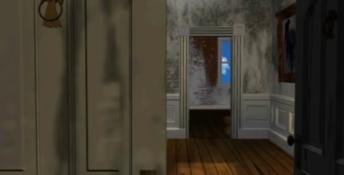
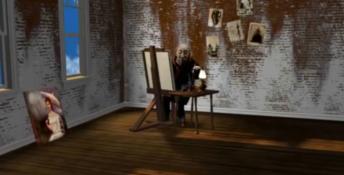

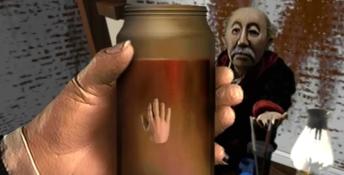




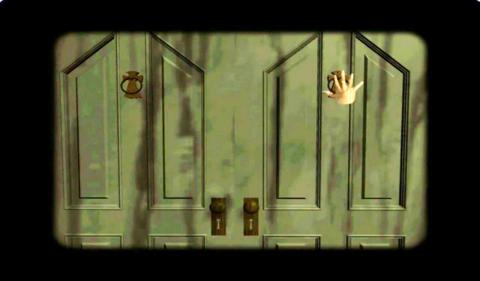
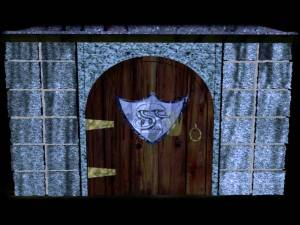

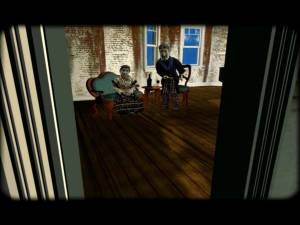

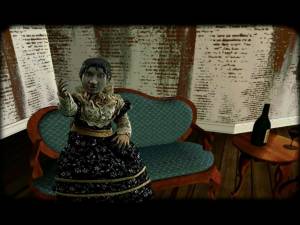

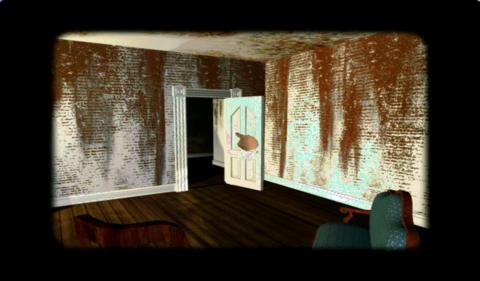
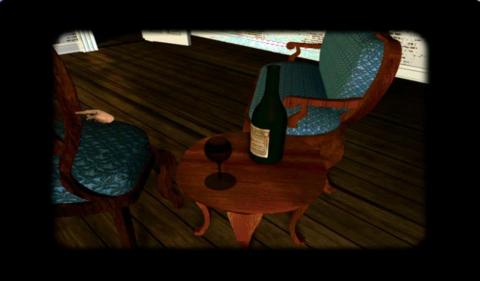

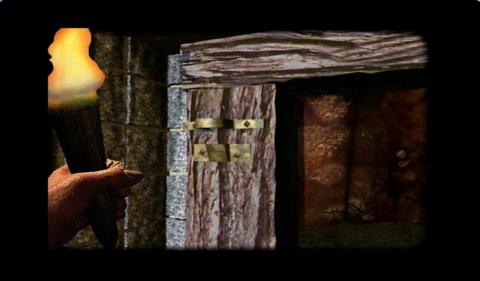
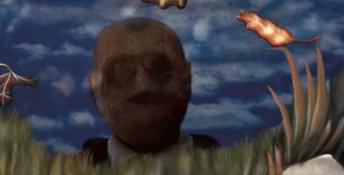
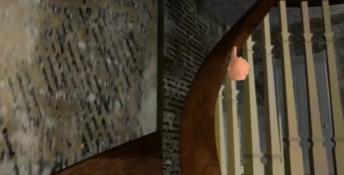
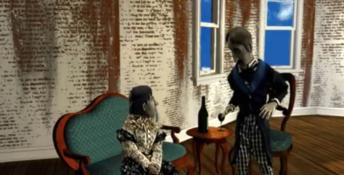
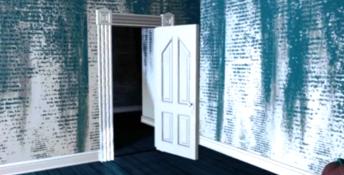

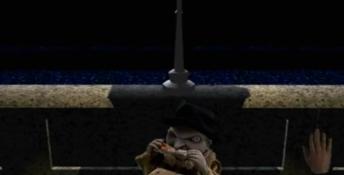



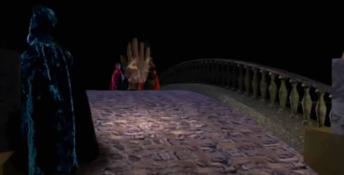

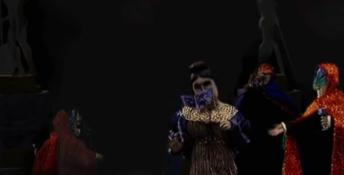

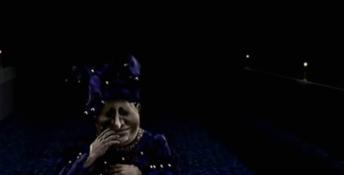
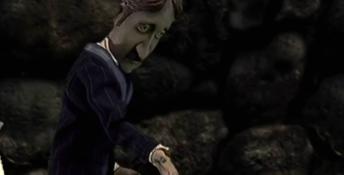
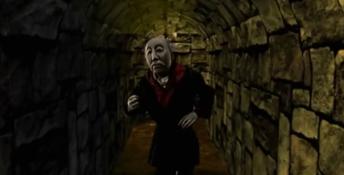
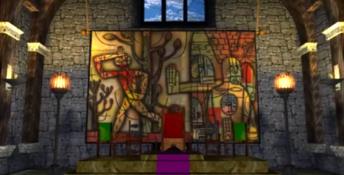
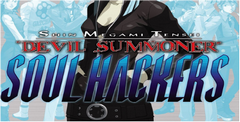 Shin Megami Tensei: Devil Summoner
Shin Megami Tensei: Devil Summoner
 Eye Of The Beholder
Eye Of The Beholder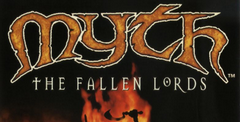 Myth: The Fallen Lords
Myth: The Fallen Lords
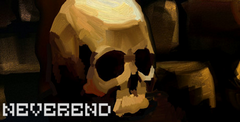 Neverend
Neverend
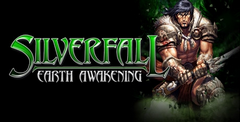 Silverfall: Earth Awakening
Silverfall: Earth Awakening
 SpellForce 3
SpellForce 3
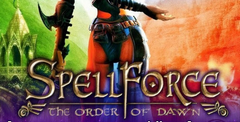 SpellForce: The Order of Dawn
SpellForce: The Order of Dawn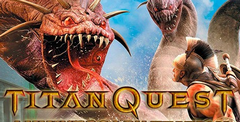 Titan Quest
Titan Quest